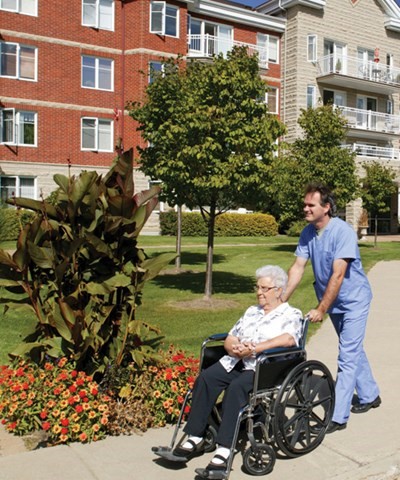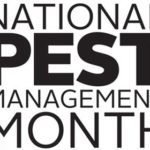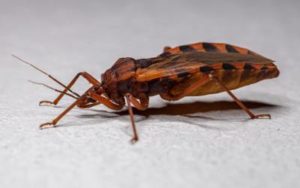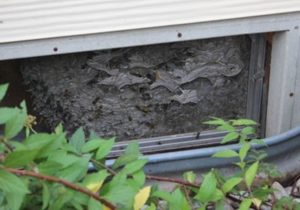
The Challenge
For four years, a 12 story, 171-unit senior apartment building was dealing with a severe bed bug infestation in over 50 percent of the units.
To initially combat the infestation, the building owner purchased commercial-grade heat units, employing his maintenance staff to perform the treatments. He also upgraded his electrical system to meet voltage requirements for the units. In addition to purchasing heat units, as a secondary precaution, the manager hired a pest control company to perform chemical applications. All of this was done at a significant cost to the building owner.
After seeing very little improvement with the DIY heat treatments and chemical applications, and with the infestation rapidly spreading, the building manager attended Batzner Pest Control’s Bed Bug Seminar. Following the seminar, the building manager contacted Batzner Pest Control to inspect the building and devise a plan for the treatment of the bed bug infestation.
The Inspection
The building management was aware of bed bug activity in 39 units. After Batzner Pest Control did a full building inspection, it was discovered that 90 units had bed bug activity. During the inspection, Batzner Pest Control found evidence of wide spread, do-it-yourself treatments (dusts, sprays, foggers, bombs) being applied by tenants, which were ineffective and ultimately contributed to the infestation spreading.
“Due to the resiliency they’ve built up over the years, bed bugs tend to scatter when tenants use self-treatments,” said Randy Rupert, Bed Bug Team Leader. “And, when bed bugs scatter, they can easily travel from unit to unit by way of pipes, electrical wires, venting, under doors and under baseboards. That’s often how an infestation like this can spread so quickly.”
Prior to treatments, Rupert gave two educational presentations, one for the tenants and one for the staff.
Offering a brief summary of his presentations, Rupert said, “Pre-treatment preparation is really important, this way tenants and staff understand the process and how their partnership is imperative for a successful resolution. Other important topics such as stopping self-treatments, alerting management right away, and basic bed bug biology were also covered. My main goal is to prevent a re-infestation. If the tenants and staff understand what to look for, then the likelihood of an infestation recurring is greatly reduced.”
The Solution
In November 2015, Batzner Pest Control’s bed bug team began an aggressive chemical treatment program targeting the infested units. To ensure the bed bugs weren’t moving from an infested unit to an adjacent one, all units adjacent to an active unit were inspected, prior to the infested units being treated.
Integrated Pest Management (IPM) techniques were applied in conjunction with chemical treatments. The service specialist placed active and passive bed bug monitors, vacuumed, and used alternative treatments. Alternative treatments may involve bagging an infested, sensitive item, such as a laptop, in a bag with some fumigation strips.
Building staff supplied box spring and mattress encasements for all infested beds. They also laundered all bed linens from the infested units. Tenants followed Batzner’s pre-treatment preparation, kept building management informed about bed bug activity, and allowed access to all areas of their unit.
“This kind of cooperation is vital,” Rupert explains, “without it, it’s unlikely the infestation would have been brought under control.”
Timeline

Rupert attributes a wavering three percent infestation rate to new tenants. “As tenants come and go, bed bugs tend to hitch a ride, spreading the infestation.” Rupert said. “However, just this year, the building manager implemented pro-active inspections to target all new move-ins, which will help prevent the likelihood of another wide-spread infestation like the one in 2015.”
Customer Benefits
- Manageable costs: The apartment building is paying almost 75 percent less for bed bug control at the end of 2017 compared to costs initially incurred in 2015.
- Improved living/working conditions: The tenants of this building are living a better quality of life. The staff is working in a less stressful and safer environment.
- Restored reputation: The building had a reputation for being infested. Their reputation has now been restored and will remain in good standing with their tenants while on our proactive bed bug treatment program.
- Education: The staff and tenants are much more educated on bed bugs. Tenants are reporting activity to management much faster. These types of actions have helped keep new incidents and the spread of bed bugs to more manageable levels.
- Proactive approach: The building staff now schedules proactive inspections, new move-in inspections and adjacent unit inspections, and single treatments when bed bug activity is reported.
Rupert warns, “Infestations can get out of hand when no one is told about the first incident. If you’re waking up with several bites, something is going on. Don’t wait, report it immediately. And, have your place inspected by a professional. Don’t try to handle the situation yourself, it’ll cost you more in the long run.”
Need a pest control estimate?
We'll call you! Our representatives are fast and friendly.
Bed Bug Infestation At Senior Apartment Building in Wisconsin
Serving Wisconsin





